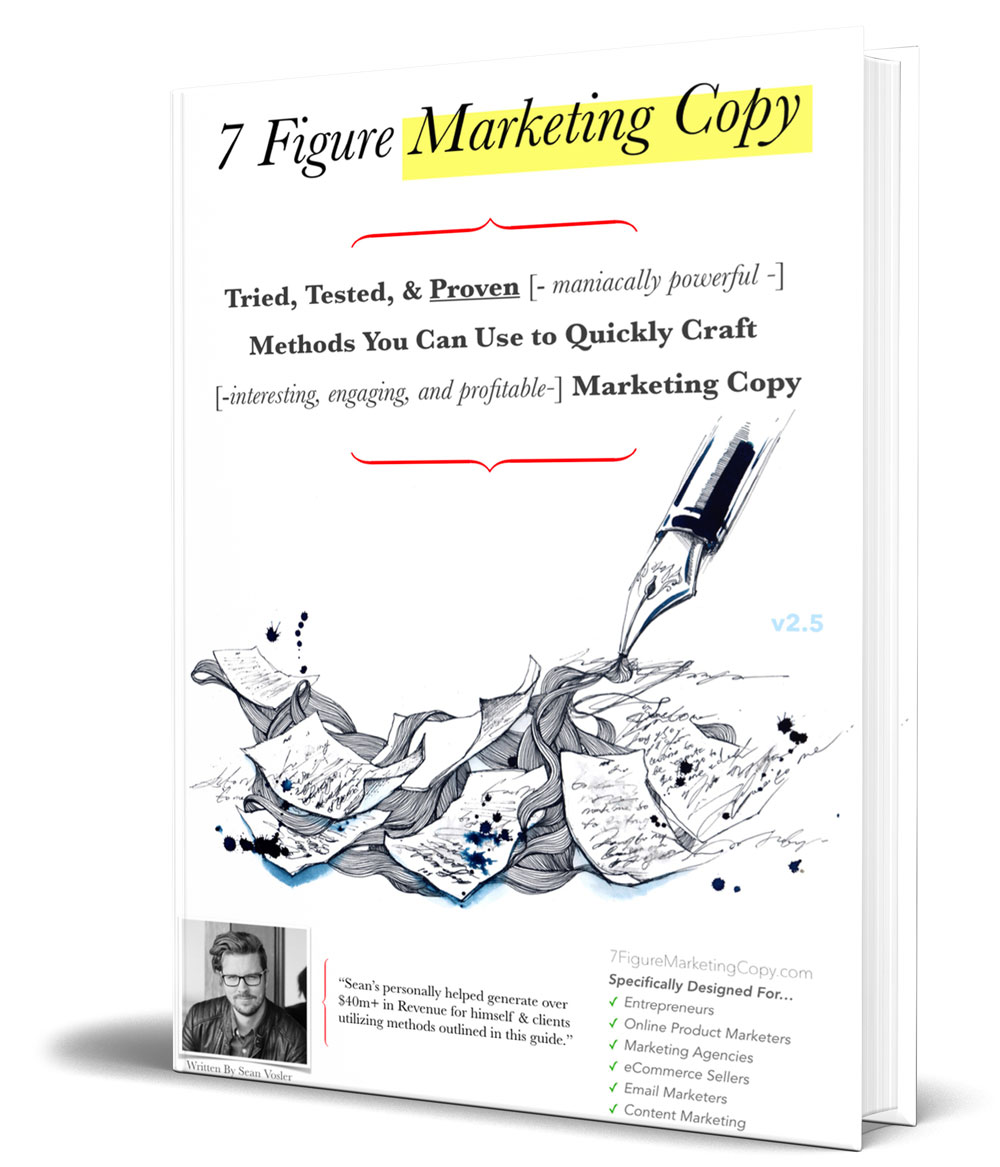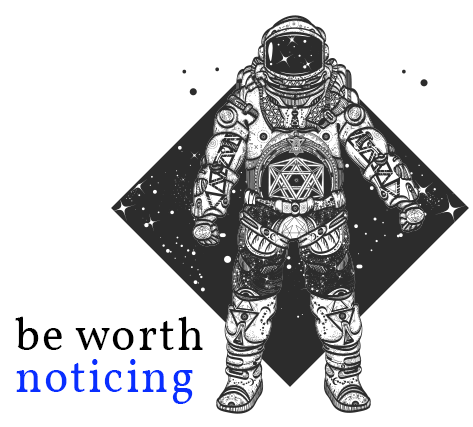Advertising Executive Albert Lasker Recounts Meeting Copywriter John E. Kennedy in 1905 – Source: The Lasker Papers
I had been a partner in the firm for about a year, and I was sitting in Mr. Thomas’ office one day. We were in the Trude building on the corner of Randolph and Wabash, where Marshall Field & Co. is now. I was sitting in Mr. Thomas’ office when a note was handed to him. He looked at it and I remember, as if it were this morning, a peculiar expression on his face, and he threw it over to me. The note read something like this:
“I am in the saloon downstairs. I can tell you what advertising is. I know you don’t know. It will mean much to me to have you know what it is, and it will mean much to you. If you wish to know what advertising is, send the word ‘yes’ down by the bellboy.” Signed — John E. Kennedy.”
Thomas said to me, “Did you ever hear of such a name?”
I said, “No, never; it means nothing to me.”
“Why,” he said, “that is crazy. I don’t want to waste any time on that man.”
I said, “Let me see him. What do you care?”
He said, “All right, see him.”
We sent down the word: “Yes”, and Kennedy was shown into my office. He was one of the most handsome men I ever saw in my life. He had been a Canadian mounted policeman. He stood six feet full in his stocking feet, every inch of him muscle, with an eye as keen as could be in a man’s head and a forehead that showed the student.
We sat there until midnight, and when I left that room, I knew what advertising was, and I know what it is today. It is exactly what he told me it was that day, and the whole complexion of advertising for all of America was changed from that day on, and everybody today understands advertising, and all as a result of John E. Kennedy, one of the great practitioners.
There was old John Powers, who did wonderful work. (Apparently, a reference to John O. Powers, ad manager of John Wanamaker and other department stores prior to 1900, and later president of his own agency, inherently felt it within themselves) — but none of them knew how to teach it and define it. Kennedy was the one man who did. He is in business now [1952?] in Los Angeles, in the real estate business, as most of them in Los Angeles are. I don’t know that he is the great Kennedy of those days, but he will die a genius. He could have been something; something was wrong that Kennedy didn’t become one of the great men of the world—I mean of the commercial world.
So Kennedy said to me, “Do you know what advertising is?” I said, “I think I do,” and I told him a story, just as I told it to you. I said, “It is news.” I said I thought I knew what advertising was—news—just exactly as the old sailors and astronomers thought the world was flat, and thinking the world was flat, they had worked up a system whereby they had quite a world. But Columbus came along and showed them the world was round. And that is what Kennedy showed me.
He said: “No, news is a technique of presentation, but advertising is a very simple thing. I can give it to you in three words.”
“Well,” I said, “I am hungry. What are those three words?”
He said, “Salesmanship in print.”
It had never before been defined in any dictionary or anything else, “salesmanship in print! ” It was that in 1905 when Kennedy told it; it was that before anyone had ever told me, and it will always be that, and nothing else.
It doesn’t sound like very much or very startling today, any more than the great mogul locomotive of the Twentieth Century looked startling to me this morning. But if I had been one of those early pioneers that had seen the first railroad in America, my mind would go back to the wonder of that, even when I was adjusted to this.
Kennedy, at that time, was employed by Dr. Shoop, a patent medicine man. I didn’t know it. I had read the advertisements, and I thought they were great news. I remember one head, “What Tea Does to Rheumatics.” I wasn’t a rheumatic, but it sounded to me most interesting. What would tea do to rheumatics? Some day I might get rheumatism.
You see, in those days, the patent medicine man was the great advertiser, because advertising not having been defined, and those few who did understand it understood it only as news; there was no limitation to the news they took. The result was that advertising was in tremendous disrepute. A legitimate manufacturer who was forward-looking and wanted to advertise very often had to go to his banker apologetically, or even conspire with himself to hide publicity (if that was possible) from his canker. Most bankers felt in 1898 that any man was an unreliable manufacturer who advertised; he was putting himself in the patent medicine class; it just wasn’t ethical, it wasn’t being done, it was socially barred, with very few exceptions.
How different today, when the hard thing is to keep the banker from exaggerating in his financial statements and his inflated setups what advertising can do for a business of securities he wants to sell at a profit to himself!
Source: Kennedy, John E., and Hopkins, Claude C.. Scientific Advertising Origins. N.p., Lulu.com, 2014.

 Let me send you a boatload of copywriting tips...
Let me send you a boatload of copywriting tips...